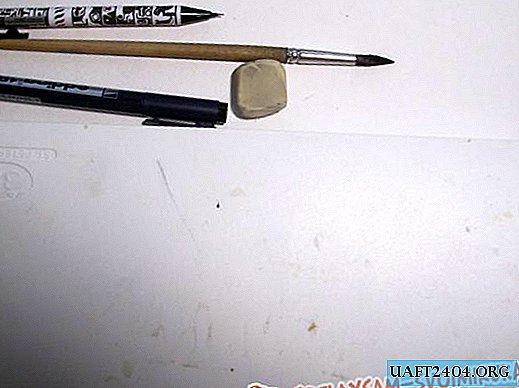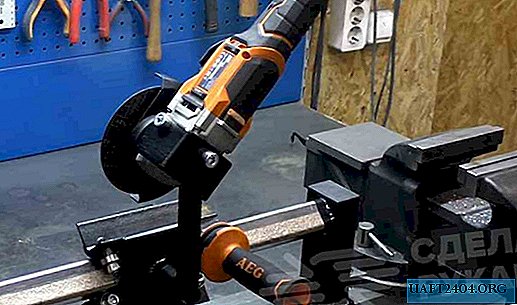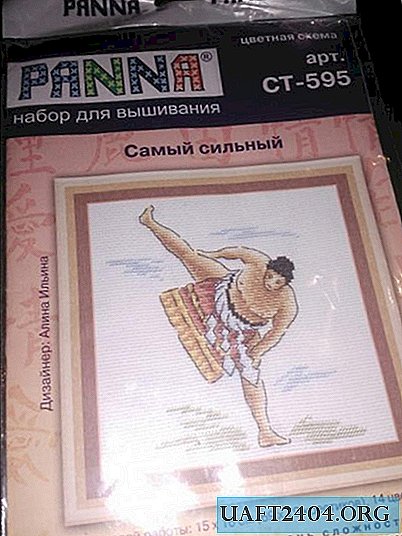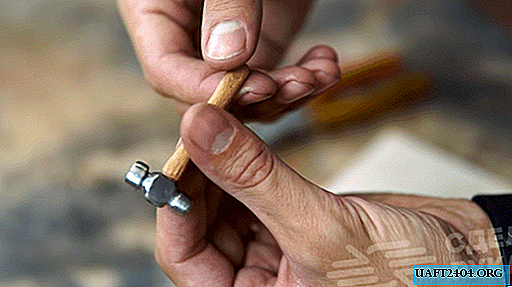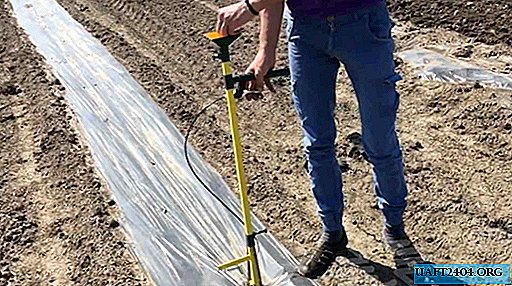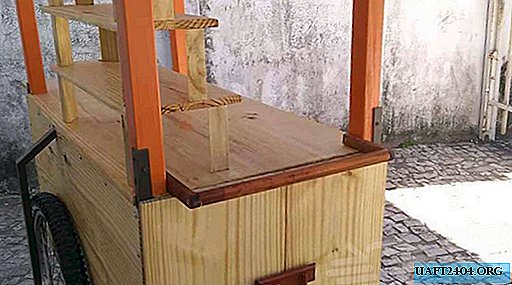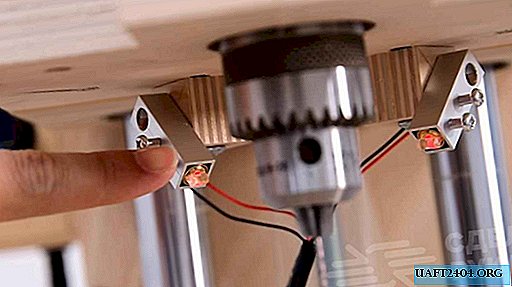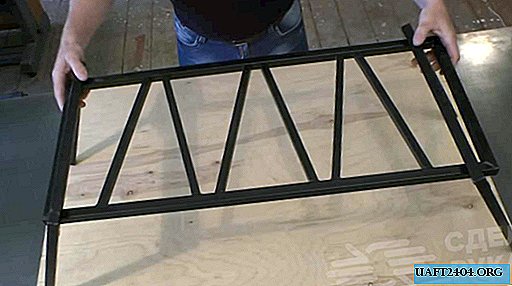Share
Pin
Tweet
Send
Share
Send
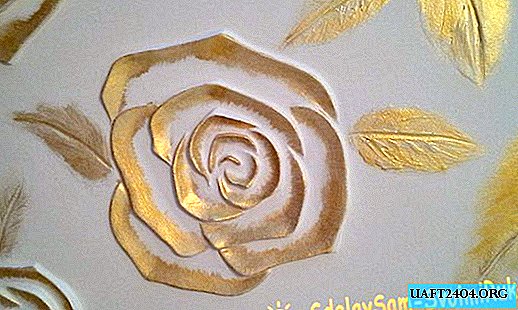
Creativity attracts many people with the opportunity to prove themselves in a new field of activity and realize their ideas without intermediaries. I used the repair in the apartment and decided to make a bas-relief on the wall. It turned out to be simple and very exciting. I want to share my experience.
Sculpting bas-relief
First you need to prepare the wall: level and primer. In construction stores there is a huge selection of putties, plasters and primers for this.
When the wall is ready and dry well, we apply a drawing with a pencil. I decided to make roses scattered on the wall. Checking the composition: the uniformity of the pattern across the entire area, the alternation of small and large colors. If something does not suit you, you can fix it - a pencil on the wall is easily erased by an eraser.

We begin to sculpt. Professionals recommend taking gypsum putty. But I had putty on a polymer basis left from other works, I began to work with it. Then, when I had to buy material, I took plaster. Thus, I can compare two types of putties.
It turned out:
- divorced polymer putty is more elastic and obedient in contrast to gypsum;
- the color of the polymer putty is pure white, the plaster is gray;
- when dried, the polymer putty is easily, effortlessly processed with sandpaper, gypsum has to be sanded with considerable effort.
I do not name the putty brands, it does not really matter. You can take those that are available in the store and fit the budget.
So, we spread putty.

The consistency should be fairly dense, but not tight, but elastic.
I worked as a palette knife. It is more convenient to start from the middle of the flower. First, spread and align the central petals.

Then gradually move to the next. The mass is laid out on the wall along the lines of the picture in small parts.

We smooth them a bit, level them, giving the desired shape. At the final leveling, you can moisten the palette knife in water and hold it wet on the petal. In general, it is better to try to smooth out as smoothly as possible, so that later you do not have to sand a lot.




Having drawn one petal, we move on to another.







It looks like a rose made of polymer-based putty (white).

Now we begin to sculpt the leaves.

We spread the mass on the entire area of the sheet.

We draw a palette knife in the middle of the sheet with the main line.

Lightly smooth putty in the directions of the lateral veins. In this case, you do not need to smooth the surface too much.



When everything fashioned dries out, we start sanding with fine sandpaper. It finally turns out like this:

When all the flowers are processed, you need to properly clean them with a brush from dust and cover with a primer, preferably 2-3 times.
In this photo you can see exactly where the flowers are from gypsum putty (dark), and where from the polymer-based putty (white).

When the primer has dried, we paint over the wall with a bas-relief of white paint. I needed to paint over the gray color of the gypsum and align all the flowers in tone. Then I applied tinted paint (light beige color).

Now acrylic paint (gold metallic) painted over the edges of the petals. I wanted the color to be not too saturated, so I applied the paint with a semi-dry bristle brush. When it dried up, with a wet sponge I took off the shine a little more.


So the wall finally looks:

You can varnish the bas-relief. This way the paint will be better preserved from burnout and pollution.
The sculpting process is very exciting. I am now thinking over the stucco molding on the balcony. By the way, if you can’t decide to make a bas-relief on the wall, you can take a sheet of fiberboard and first make a picture. Good luck
Share
Pin
Tweet
Send
Share
Send

